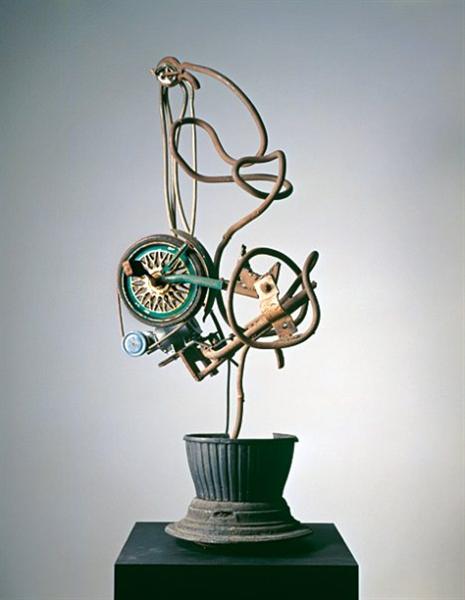Title of Artwork: “Ides of March”

Artwork by Cy Twombly
Year Created 1962
Summary of Ides of March
A period in Twombly’s career during which the artist focused on historical events from Italy and Rome is represented by the painting Ides of March (1962). Early 1960s art falls into this category, with the bulk of it occurring between 1962 and 1964.
In 1957, Twombly relocated to Rome, where he was influenced by Italian and Roman history.
As a result, the city’s rich culture and history had a significant impact on the artist’s work. Rome, on the other hand, was more than the sum of its classical and Renaissance and Baroque era legacies.
Poverty, prostitution, and other forms of small-time crime were all realities the artist was forced to confront during her time in the city. Contrast and tension can be seen in the paintings from that time period.
Twombly, like Rome’s atmosphere, combines the grandeur of ancient antiquity with the grit of modern city life without sacrificing his painting style or contemporary sensibility.
All About Ides of March
Ides of March has undergone a number of stylistic shifts since moving to Rome. Because he was far from New York, the epicentre of American Abstract Expressionism at the time, Twombly was free to express himself creatively. The early 1960s paintings clearly mark the return of the artists to colour.
In his own words, Twombly admitted that he would not have produced large-scale colour paintings if he had remained in the United States, and that his travels abroad were a major influence. The overall colour scheme of the Ides of March is comprised of shades of black, brown, red, and maroon, with green and yellow accents.
A variety of techniques were employed by Twombly in manipulating the colour, including hand-applying it, blending expressive brush strokes with pencil-drawn lines, and creating an effect in which the colour appears scratched. Using this variation, the painting acquires a texture and a materiality.
The white canvas can be seen because he abandoned the all-over painting technique. The Mediterranean light may have inspired the use of white. Aside from being purely symbolic and spatial, the white could have been used to represent the classical notion of intellect or the concept of memory.
The assassination of Julius Caesar in 44 BC is commemorated in the song’s title, “Ides of March”. It is no accident that a large number of Twombly’s works depict historical assassinations, including Death of Giuliano de’Medici (1962), Death of Pompey (Rome) (1962), and Nine Discourses on Commodus (1963). With its evocative title “Ides of March,” the painting’s figurative content is given a powerful boost.
A profile and movement can be discerned by the viewer, which may suggest a stabbing motion. Scholars, on the other hand, argue that the Ides of March should not be interpreted as a narrative or illustration.
The tension between the colours and lines is what gives the painting its power and impact.
To be sure, Twombly does figurative painting, but that doesn’t stop him from going abstract. Twombly’s lines have an independent quality and the gesture of drawing becomes central to the painting because he does not succumb to mimesis.
The action evokes strong emotions such as lust, violence, and rage. Abstract Expressionism’s fundamental principles are not compromised in any way by this artist’s interpretation of classical antiquity.
Information Citations
En.wikipedia.org, https://en.wikipedia.org/.























